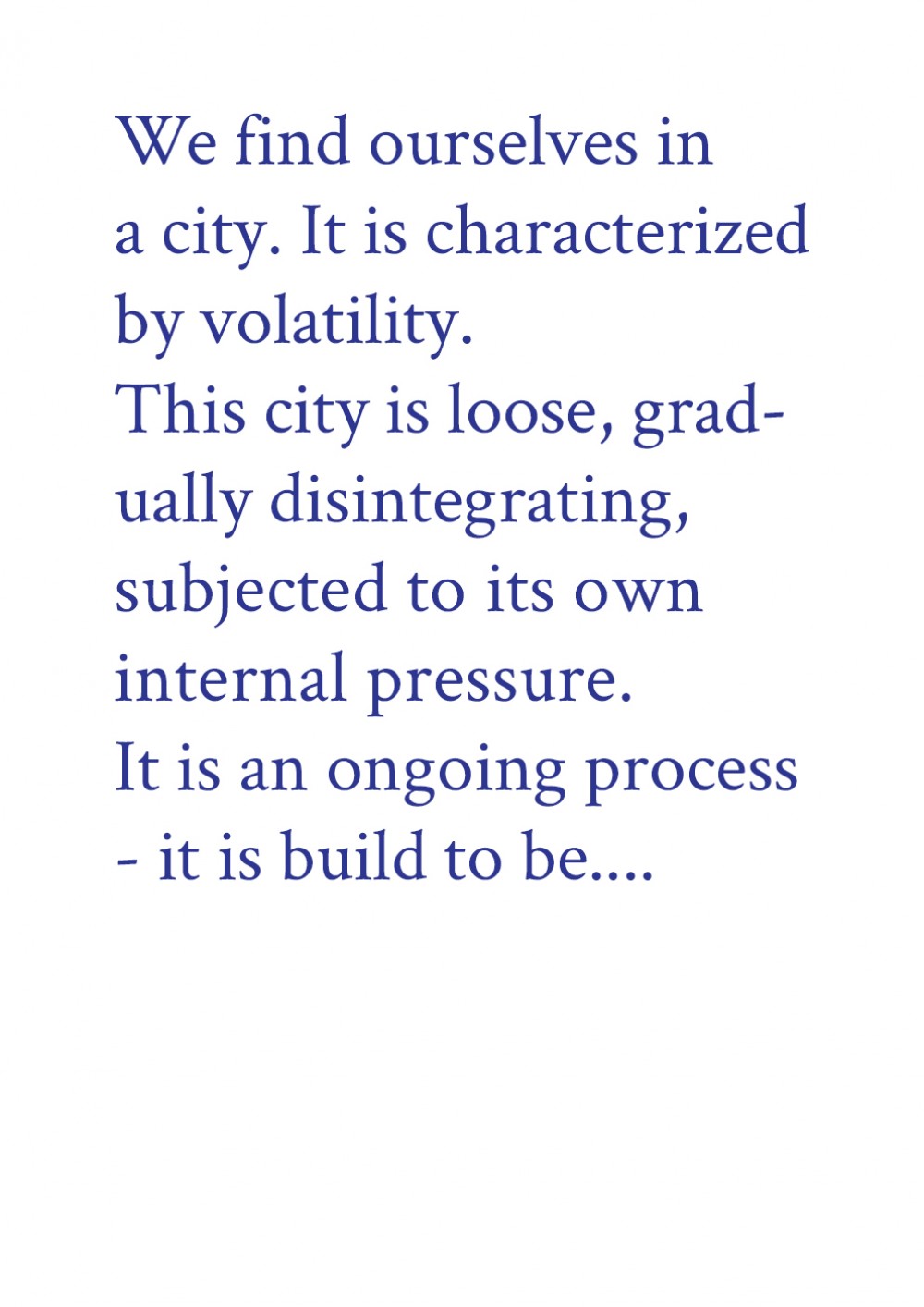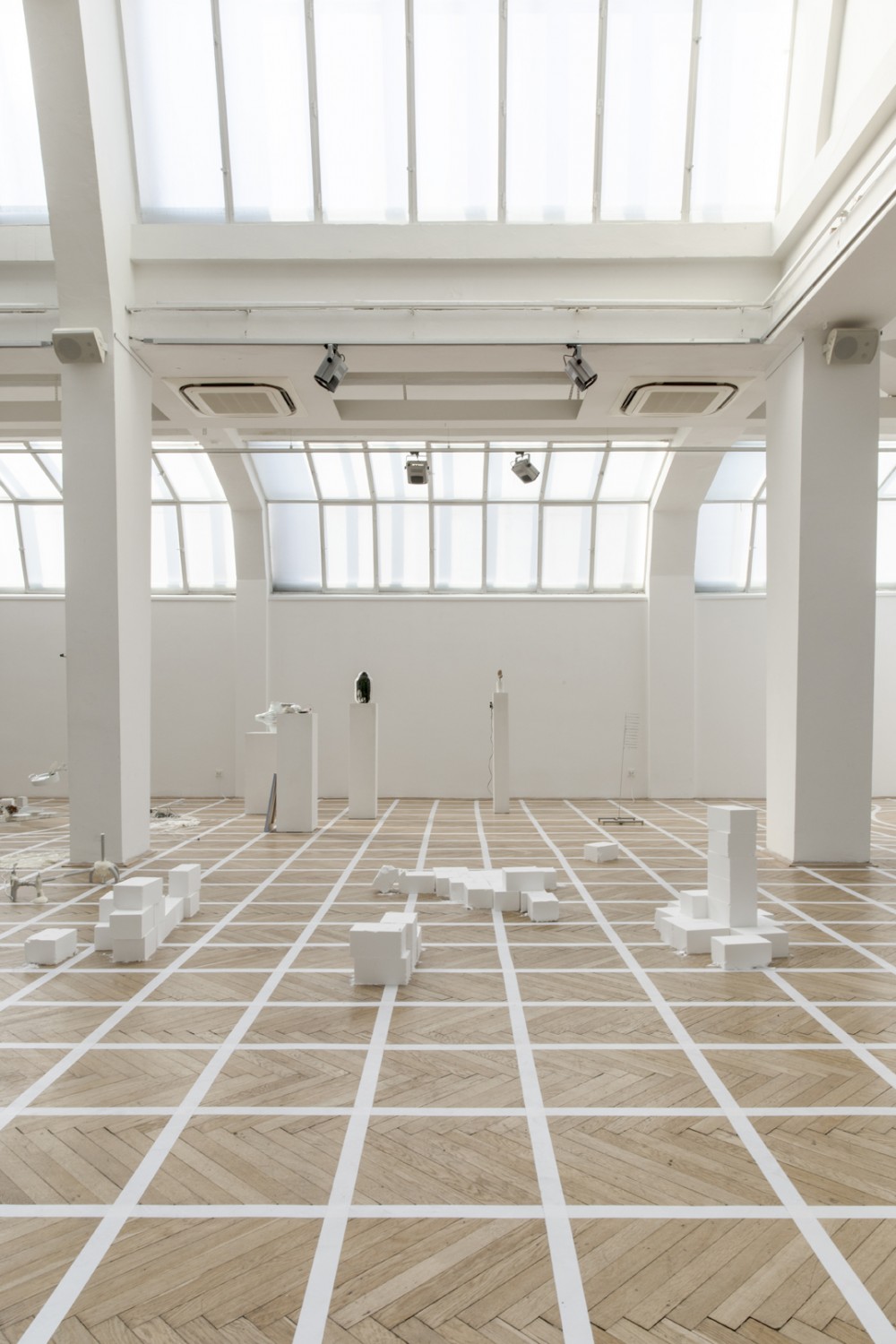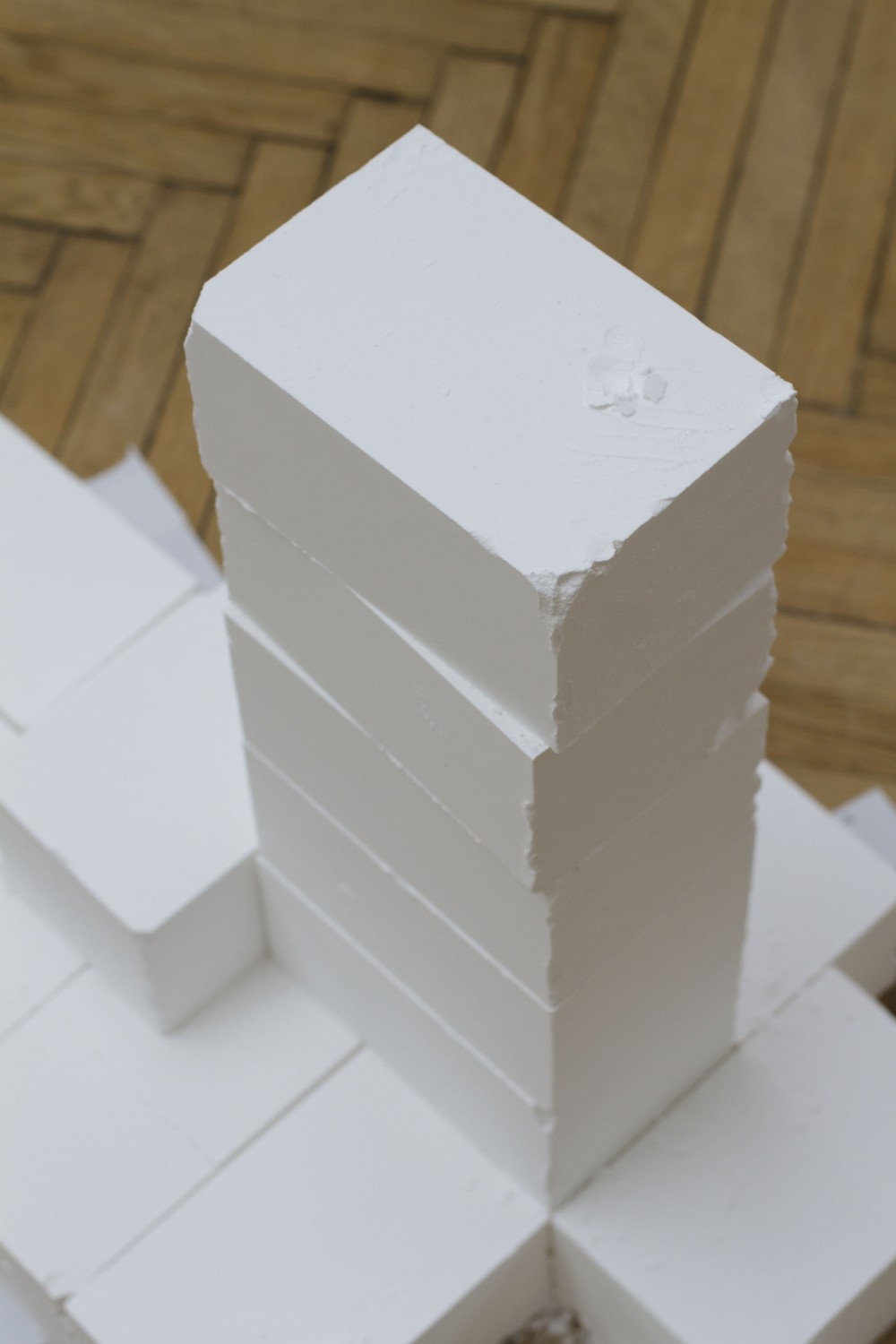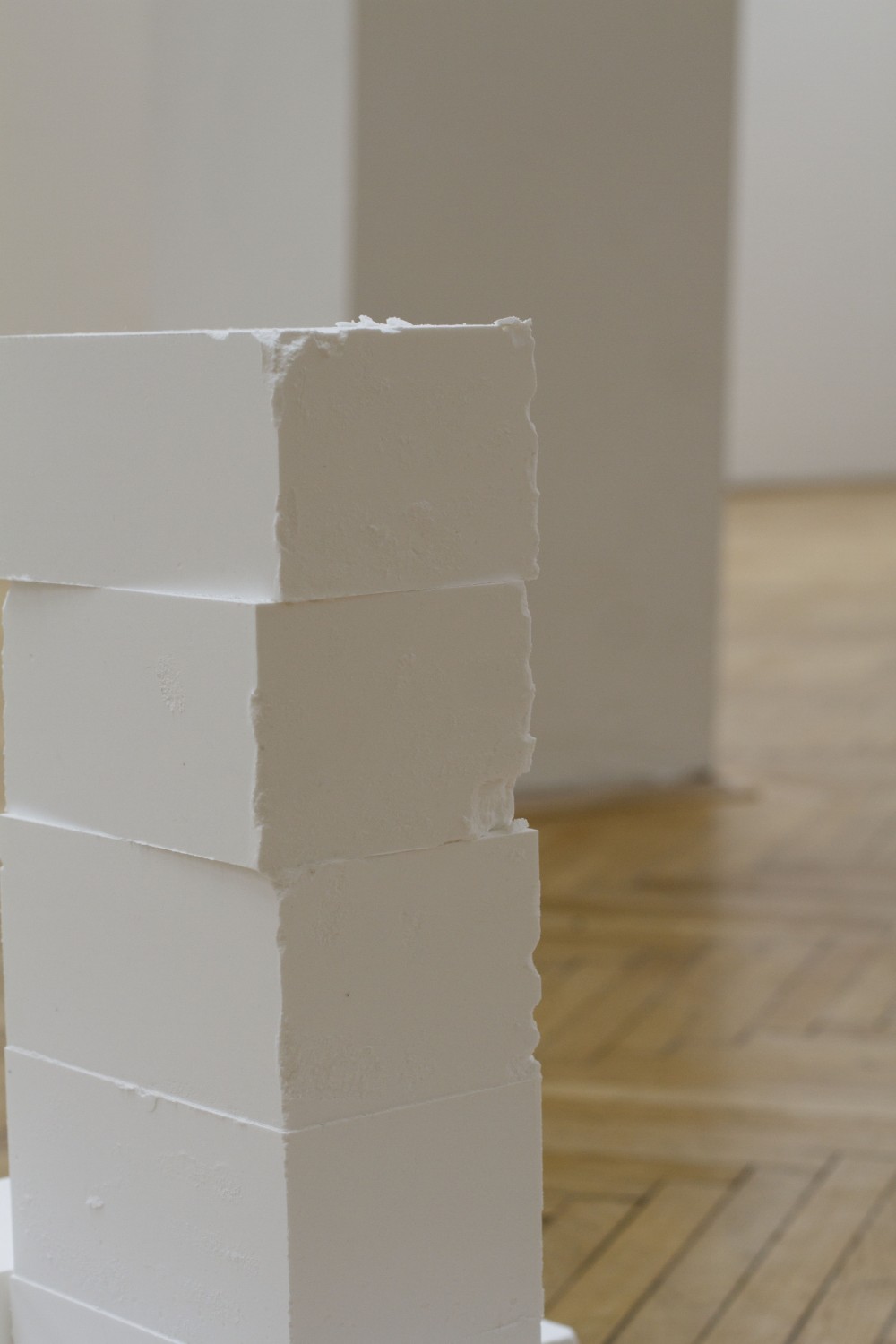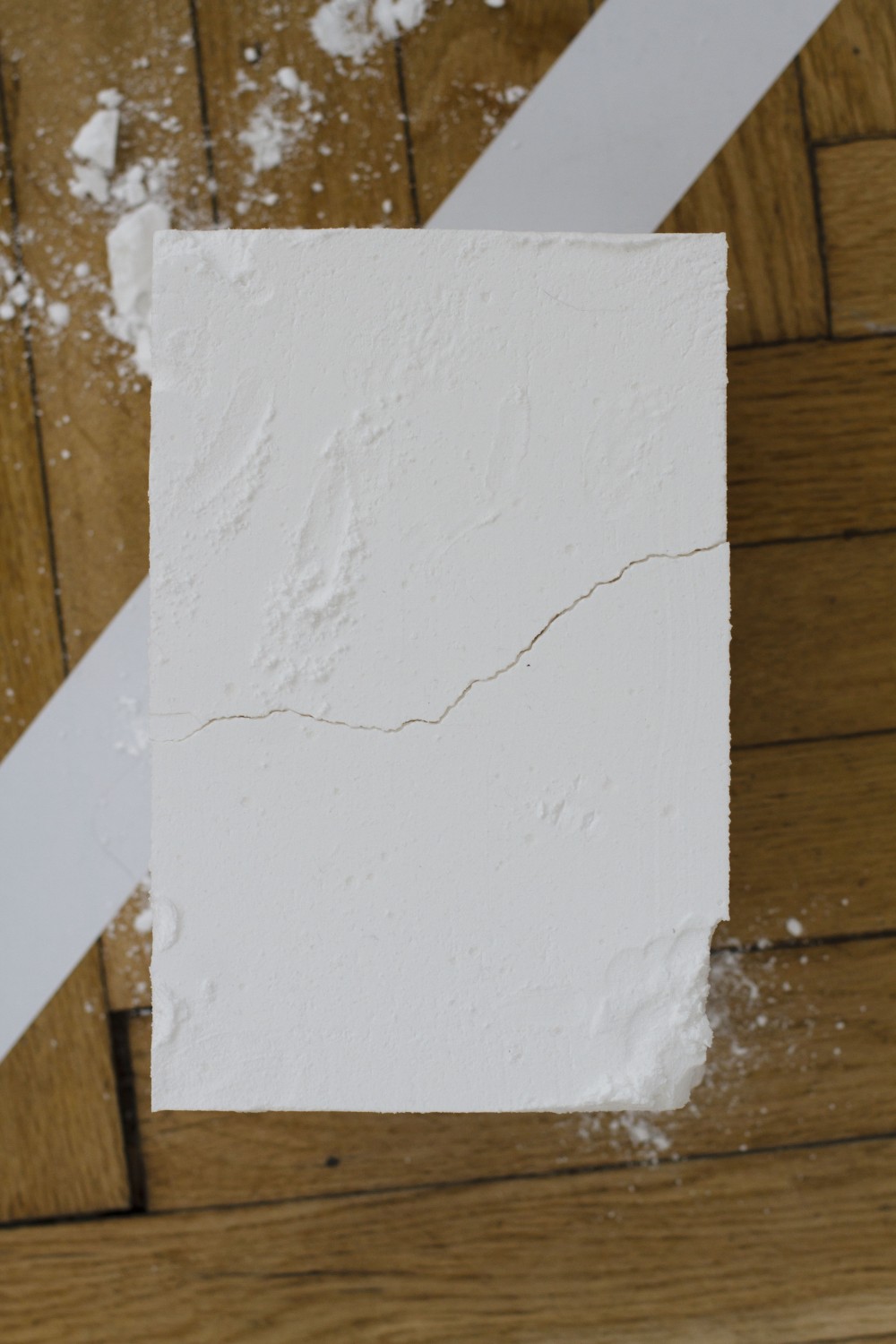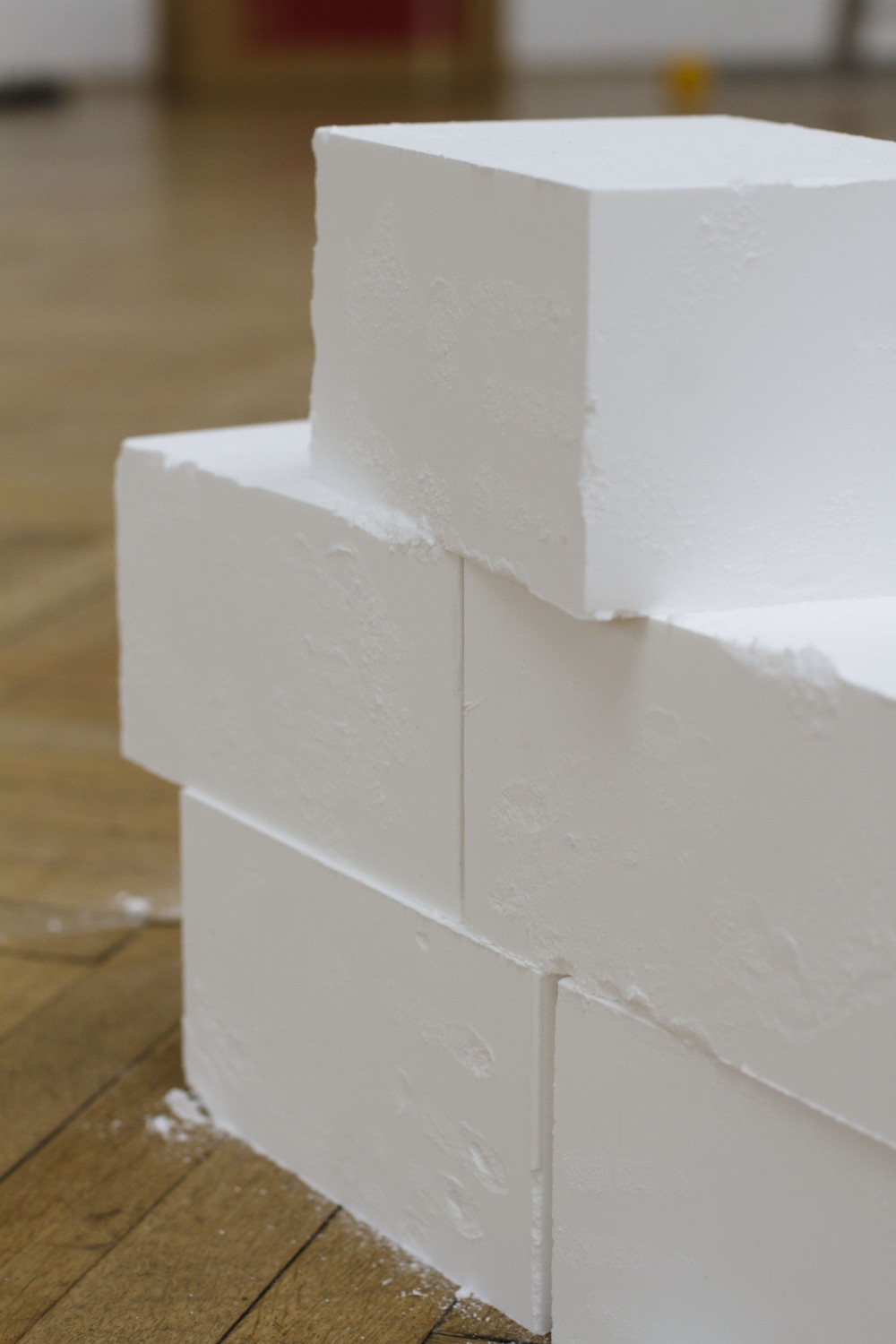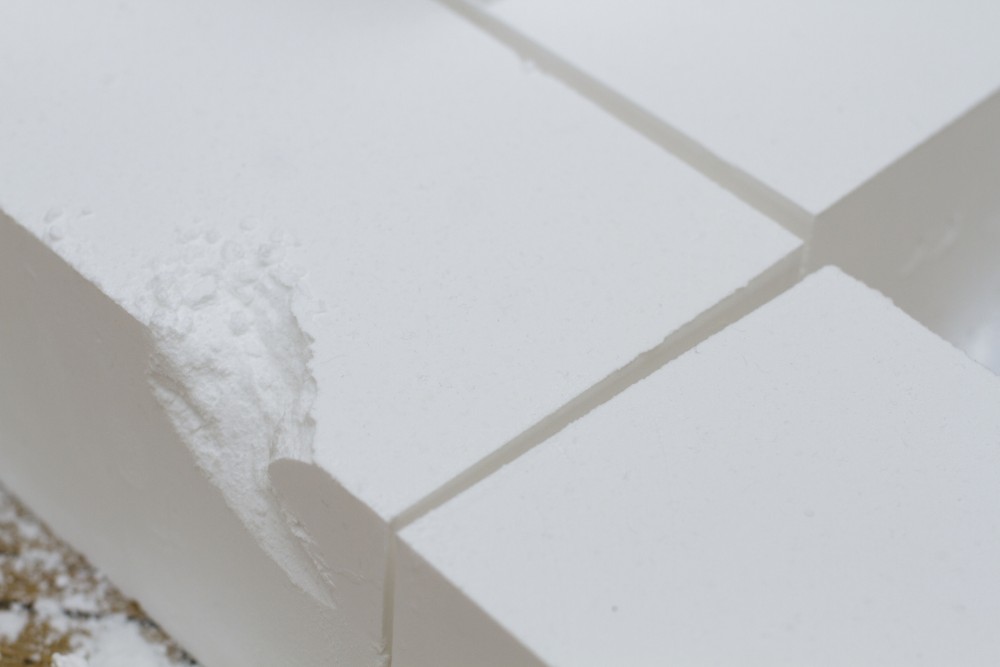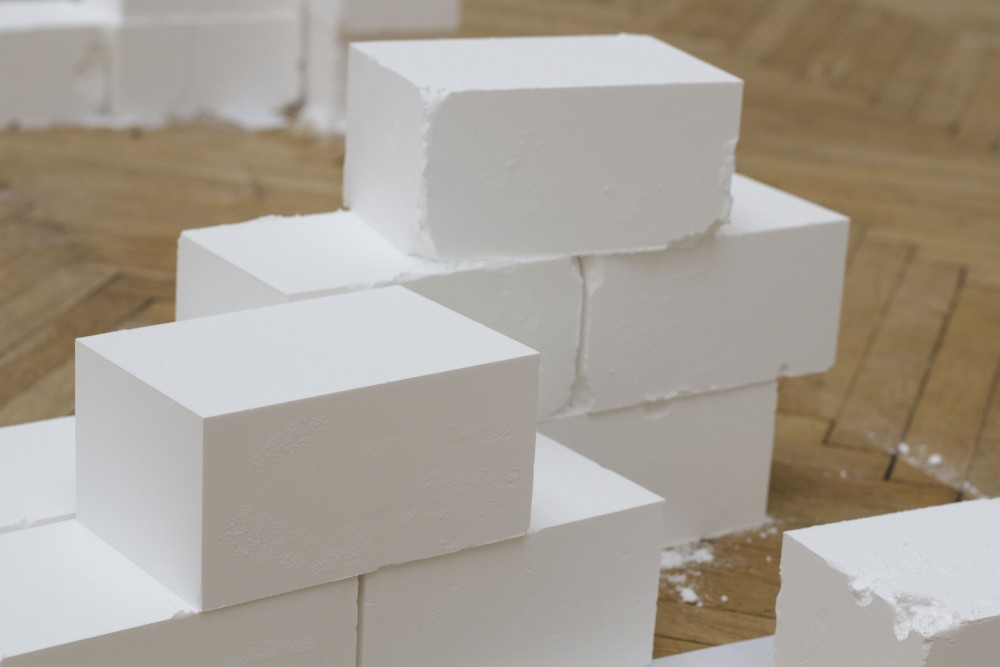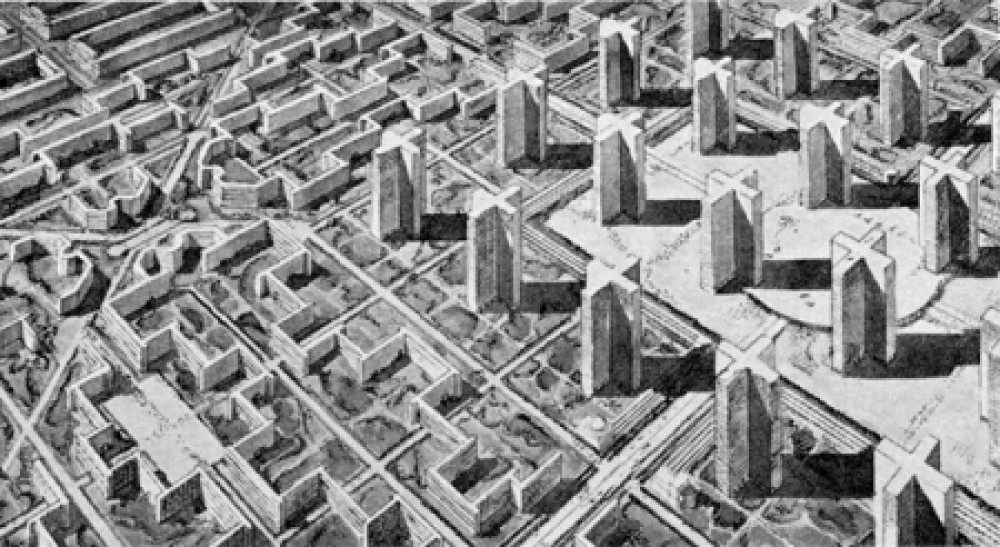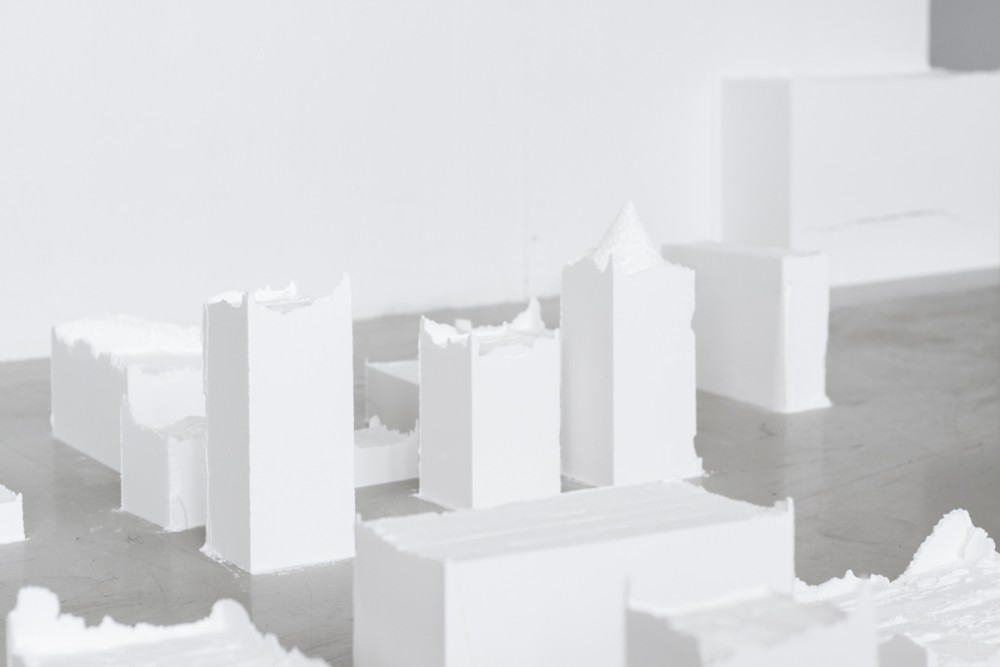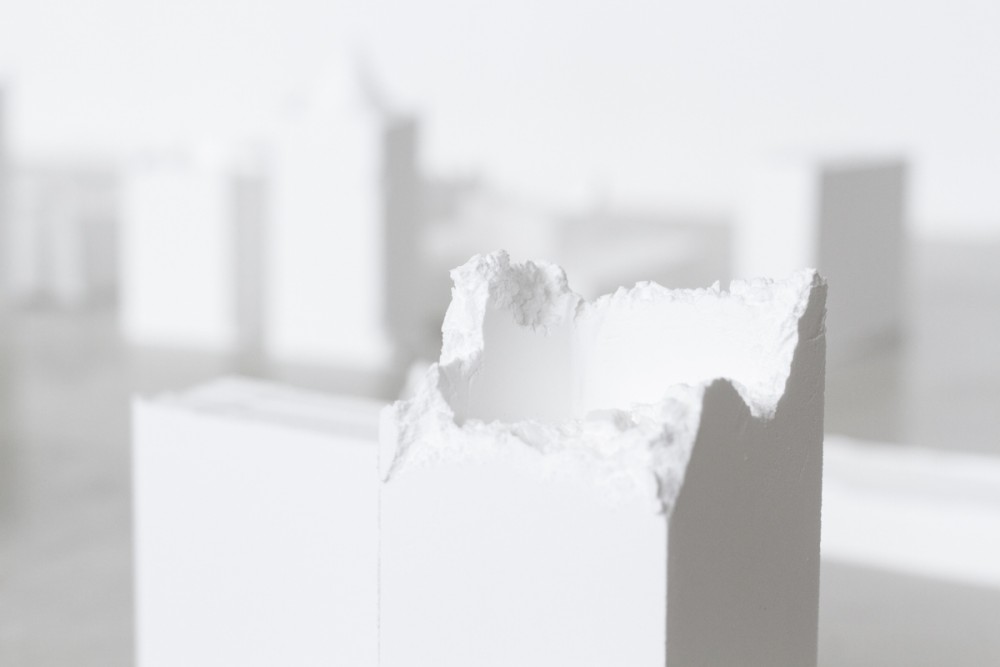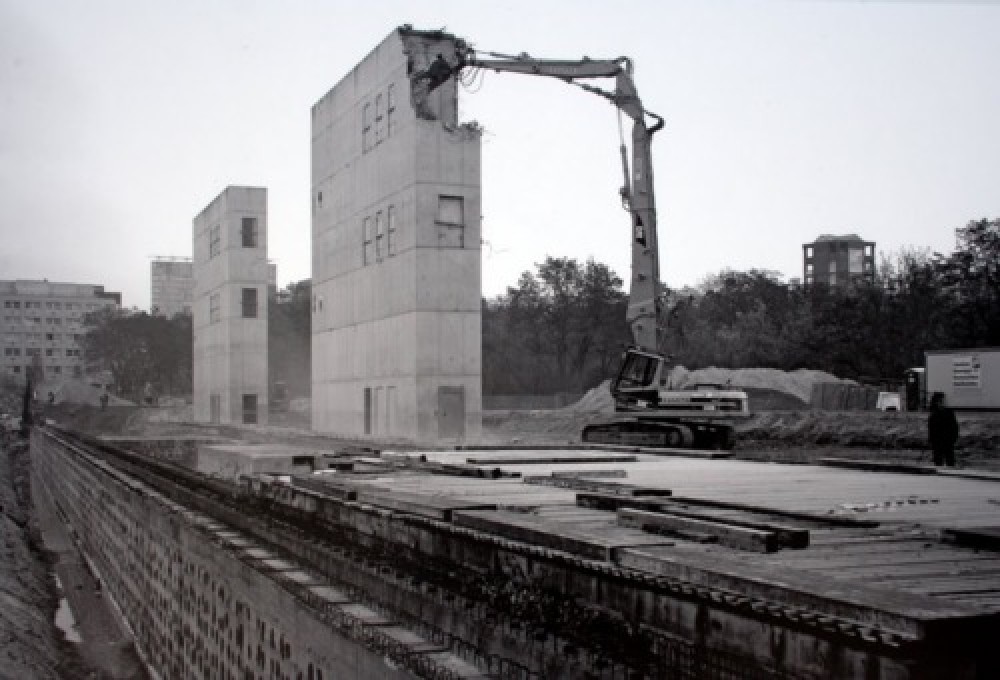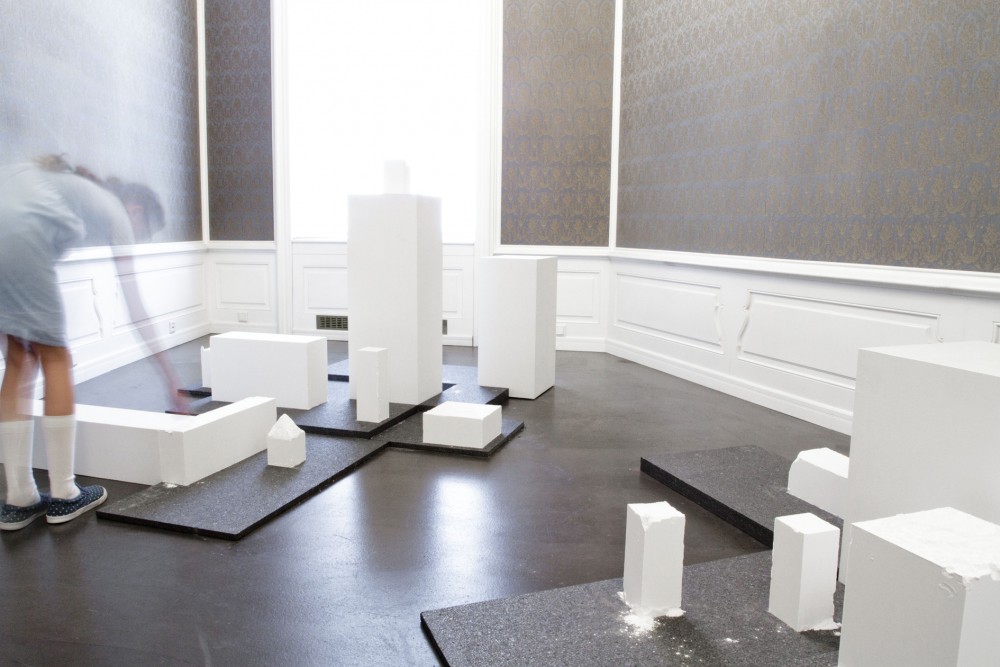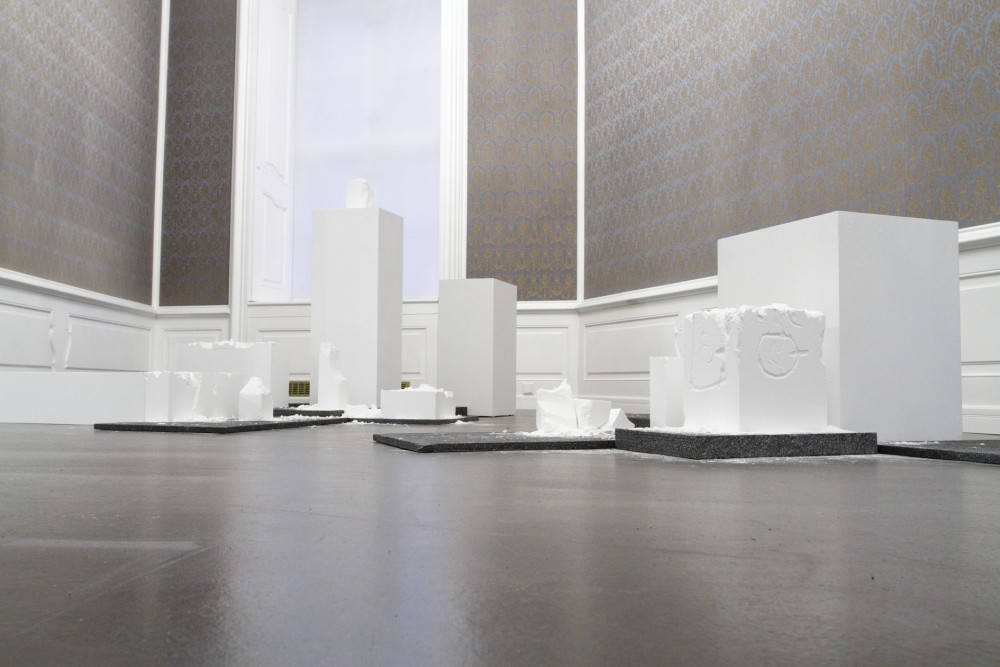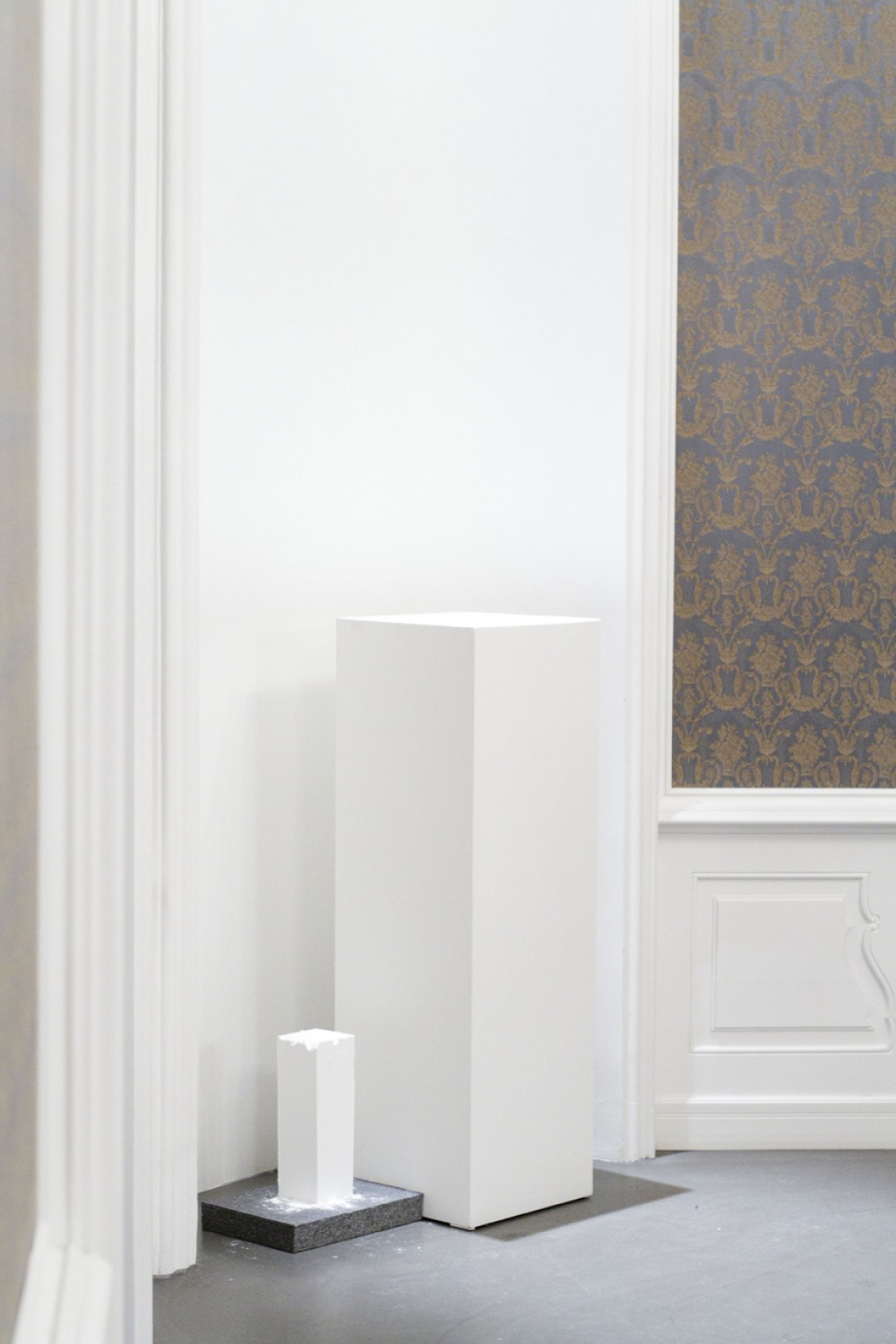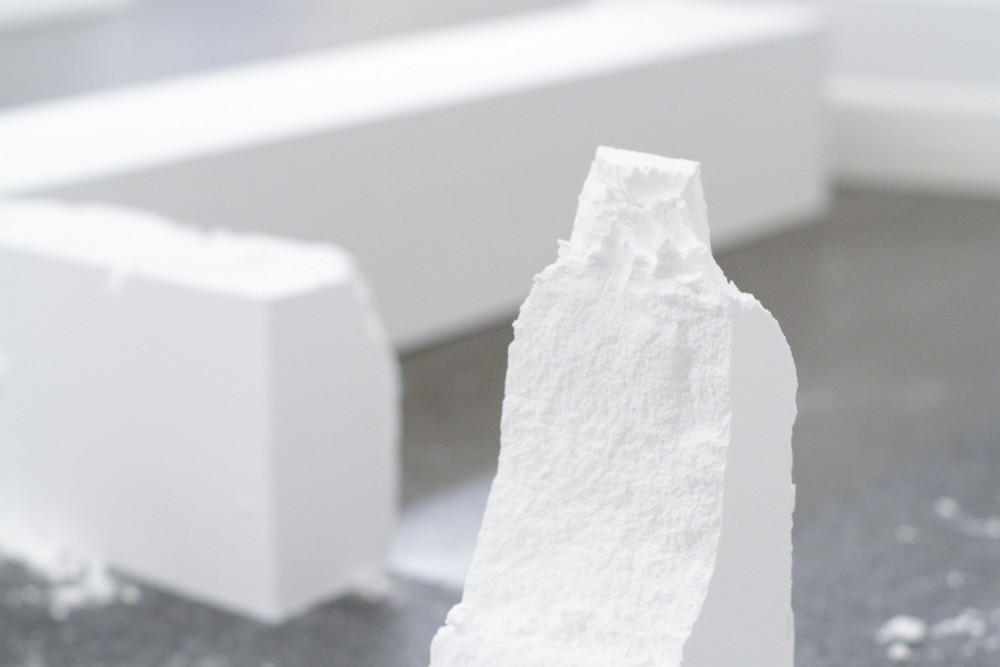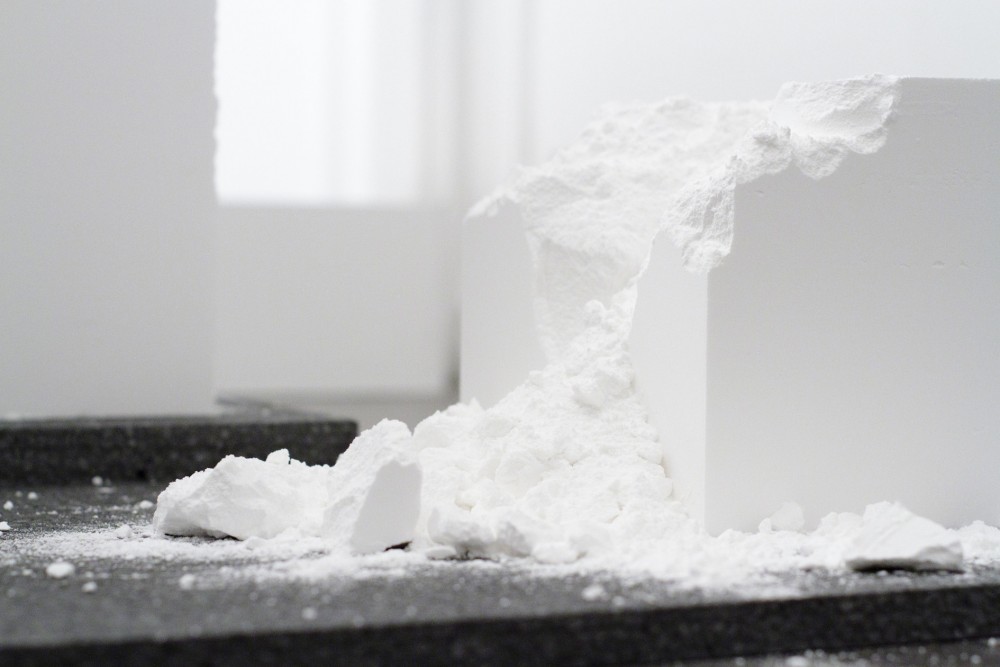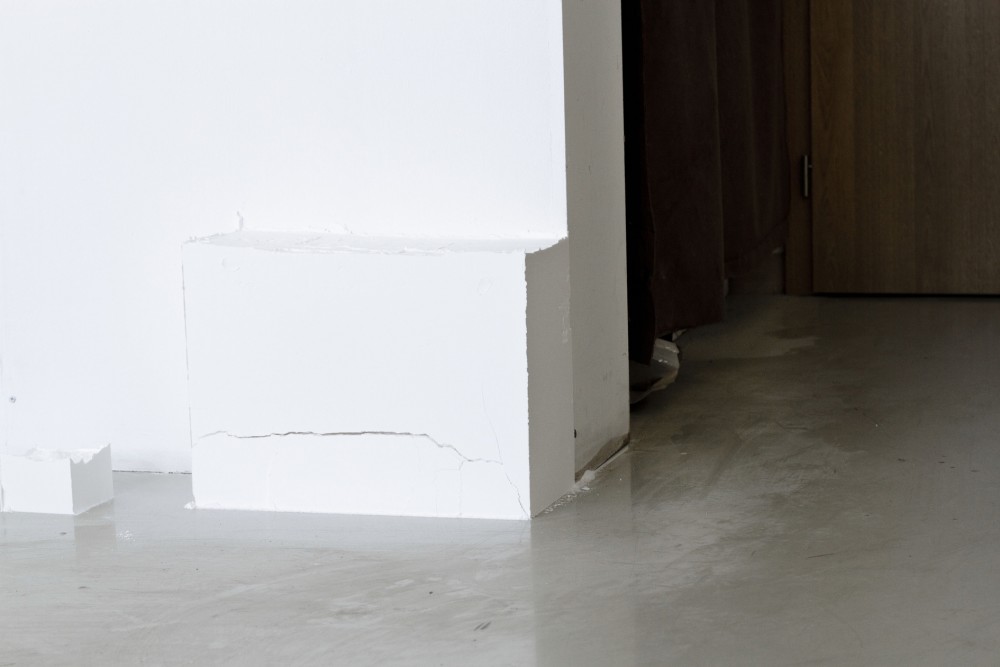City of plenty
We find ourselves in a city. It is characterized by volatility. This city is loose, gradually disintegrating, subjected to its own internal pressure. It is an ongoing process - it is build to be torn down, build again, but only for a little while, and all over again. The city is fragile and vulnerable, although it may appear as something strong. The people there are axperiencing (over)abundance that does not always bring satisfaction and stability. I think that temporality - uncertainty - change is one of the most striking characteristic of nowadays, both in terms of “fluidity” (F.Bauman), as well as “flowability (G.Lipovetsky):
“The society has crumbled into individuals, a man is undergoing an anthropologial mutation that is gradually, in front of our eyes, turning him into the being that is narcissistically, hedonistically and individualistically oriented. A man is more and more a slave of his own weak will and he is subjected to the pressure of a society.” (G. Lipovetsky, The Age of Empiness)
This pressure is present in experiencing the city, urban structure - the work of man.
“The city gathers us, it always requires a change. I perceive its density. The city is more stimulating and exciting to me. It makes me feel large or small, self-confident, proud, discouraged. On the contrary, the country, when I succumb to it, it gives me freedom and peace of mind. Because the country represents a different perception of time. The time has its own gretness in the country. Whereas, in the city, it is the same like with a space - it is always condensed.” (P.Zumthor)
This work is, in a way, also an act of slowing down - opposing the tempo of antropocene, the age of constant acceleration (curve population, global GDP, consumption, automobile industry, plastics, nitrogene fertilisers...). Building the city into forms where decay is only a matter of time, the city for its own sake, may reffer to a play in a sandpit. It is a process of building a land where everything is reachable - land of plenty. This utopic place, also depicted by Pieter Brueghel in his painting “Land of Cockaigne” is a place where houses were made of sugar, streets paved by sweet pastry and roasted pigeons falling directly into one ́s mouth. Current influence of a man on the planet , on the land and in the end on himself will be felt just after couple of decades (as what we see today is the result of mankind ́s action around 1960). Changes in this city are reversible, unlike those in reality.
